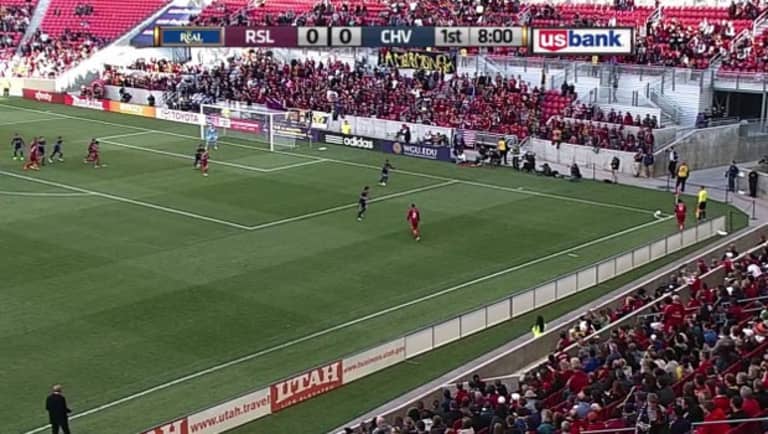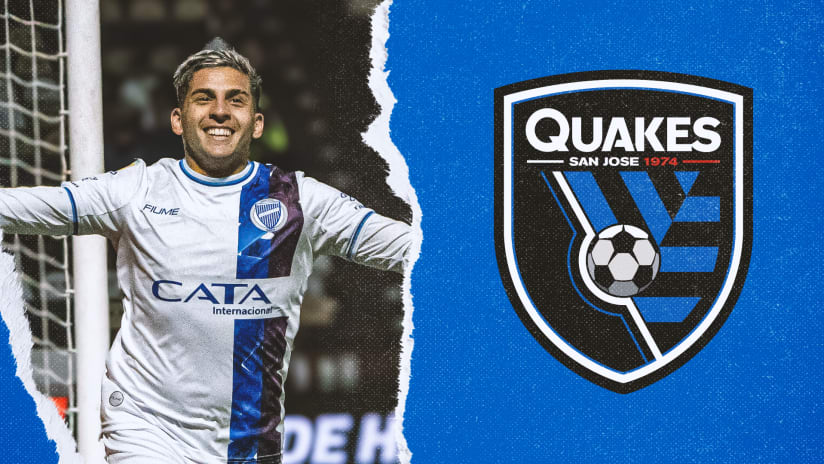We're catching on, Jason Kreis. You're sneaky, but not that sneaky.
So far, 2013 has proven to be the year of the short corner, as well as a general reinvention of how corner kicks are taken in MLS. Across the league, short corners are being taken 56 percent more often in 2013 then in 2012. That's quite significant, statistically and otherwise.
The overall shot generation rates (i.e. how often a corner results in a shot) for corners increased from 2012 to 2013. Normal corners increased only slightly, from 35.0 to 35.4 percent – this is likely statistically insignificant. Short corners, however, increased from 21.0 to 27.1 percent – a 29 percent increase. Over our large sample size, this is quite significant.
<strong>Season</strong> |
<strong>Long Corner</strong> |
<strong>Short Corner</strong> |
2012 |
35.00% |
21.00% |
2013 |
35.40% |
27.10% |
(Numbers do not include last weekend's matches)
Much of this comes on the shoulders of Real Salt Lake, who went from taking 4.8 percent of their corners short in 2012 to 20.6 percent so far in 2013.
<strong>Team</strong> |
<strong>2013</strong> |
<strong>2012</strong> |
Real Salt Lake |
20.60% |
4.80% |
Montreal Impact |
16.70% |
7.00% |
Columbus Crew |
16.00% |
7.40% |
Vancouver Whitecaps |
16.00% |
2.90% |
Chivas USA |
14.30% |
9.60% |
New England Revolution |
10.60% |
5.20% |
LA Galaxy |
10.00% |
6.50% |
New York Red Bulls |
7.00% |
2.80% |
Portland Timbers |
6.80% |
6.00% |
Sporting Kansas City |
6.60% |
5.00% |
D.C. United |
6.30% |
3.20% |
FC Dallas |
6.30% |
3.10% |
Houston Dynamo |
5.80% |
6.60% |
Seattle Sounders |
5.60% |
5.70% |
San Jose Earthquakes |
3.30% |
3.30% |
Philadelphia Union |
2.70% |
7.00% |
Chicago Fire |
2.10% |
3.80% |
Toronto FC |
2.00% |
3.50% |
Colorado Rapids |
1.80% |
4.10% |
Not only has the number of Real Salt Lake's short corners increased, their short-corner efficiency has increased as well. RSL's shot-generation rate from short corners grew from 14.3 percent in 2012 to 30.8 percent in 2013. That's more than a 200 percent increase. Surely, many of last year's short corners were taken defensively and skew the numbers – but Salt Lake have turned their short corners into a weapon equally as formidable as their long corners in 2013.
READ: RSL's Kreis is convinced forward hero Olmes Garcia "has all the tools"
How exactly have they been doing it? RSL, as well as a handful of other MLS clubs (and even the US national team on occasion), have commonly been setting up for corner kicks with two attacking players near the corner – regardless if they eventually attempt a short corner or not (see image at right).

Usually, the defending team is forced to send two defenders in response. When this happens, a very subtle numerical shift occurs in favor of the attacking team.
When taking a corner kick with a single player, no defender is sent to cover him. It's unnecessary since he can't pass to himself. But, when an additional attacking player becomes involved, the defending team sends two players. In effect, the attacking team trades a single attacker for two defenders, and decongests the goal mouth in the process.
When (or if) the defending team catches on and begins more carefully allocating their defensive players, the attacking team can elect to go ahead and play two vs. one to goal – and that's obviously quite efficient.
This is just the latest example of the type of progressive and forward-thinking play that we have come to expect from MLS, and I'm excited to see what will come next. Perhaps an equally sly countermeasure? I hope so.














